Nature is a complex web of life, where every living being depends on others and on the environment for survival. This interdependence is what forms an ecosystem – a self-sustaining unit that includes both biotic (living) and abiotic (non-living) components. Paired with the concept of biodiversity, ecosystems play a critical role in maintaining balance in nature and ensuring the continued survival of all life forms.
In this extended guide, we will take a deep dive into the structure and function of ecosystems, the types that exist around the world, the immeasurable value of biodiversity, and the various services ecosystems provide. You’ll also learn how human activities affect these natural systems and what can be done to conserve and restore them.
What Is an Ecosystem?
An ecosystem is a community of organisms interacting with each other and with their physical environment. These interactions occur within a defined geographic area, from a small pond to a vast rainforest, or even the ocean.
Core Components of Ecosystems
Ecosystems comprise two main components:
- Biotic components: Living organisms such as plants, animals, fungi, and microorganisms
- Abiotic components: Non-living physical and chemical elements like sunlight, water, air, soil, and minerals
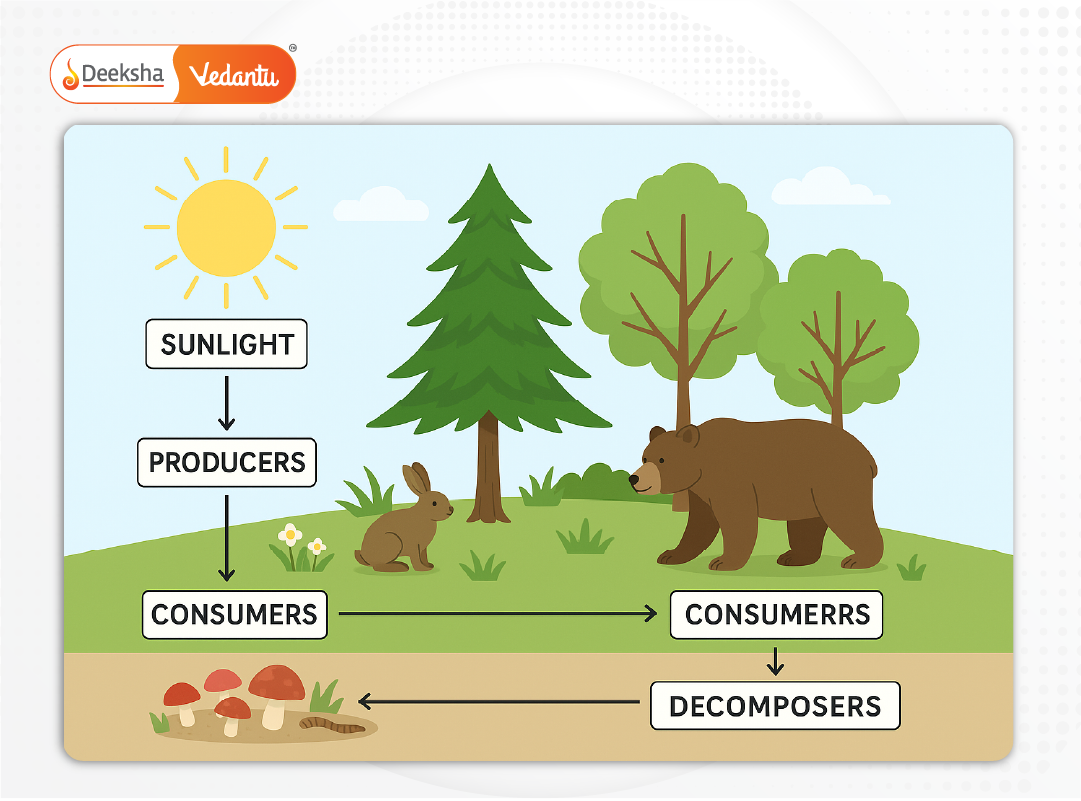
How Ecosystems Function
Ecosystems function by cycling energy and matter. Sunlight is the primary energy source for most ecosystems. Producers (plants) capture this energy through photosynthesis, and it is then transferred through the food chain to consumers and decomposers.
Explore components of ecosystems here
- Energy Flow: Energy flows in one direction – from the sun to producers and through the food web
- Nutrient Cycling: Nutrients like carbon, nitrogen, and phosphorus are recycled through biological and geological processes
- Homeostasis: Ecosystems maintain internal stability through feedback loops and natural checks and balances
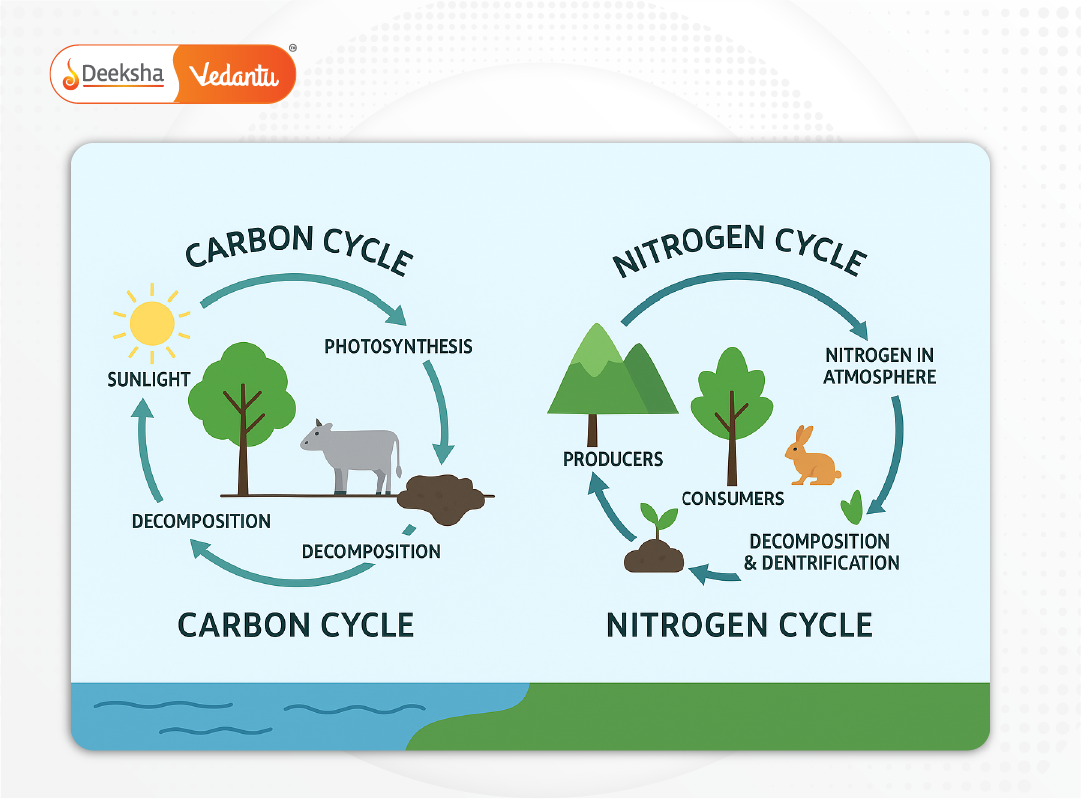
Types of Ecosystems
There are several types of ecosystems based on geography, climate, topography, and human involvement. Understanding these helps us appreciate Earth’s biodiversity and manage resources sustainably.
1. Terrestrial Ecosystems
These exist on land and vary greatly depending on location and climate:
- Forest ecosystems: Dense vegetation, high biodiversity, and rainfall
- Desert ecosystems: Low rainfall, sparse vegetation, and extreme temperatures
- Grassland ecosystems: Dominated by grasses, grazing animals, and seasonal rainfall
- Mountain ecosystems: Varied climate, altitude-driven biodiversity
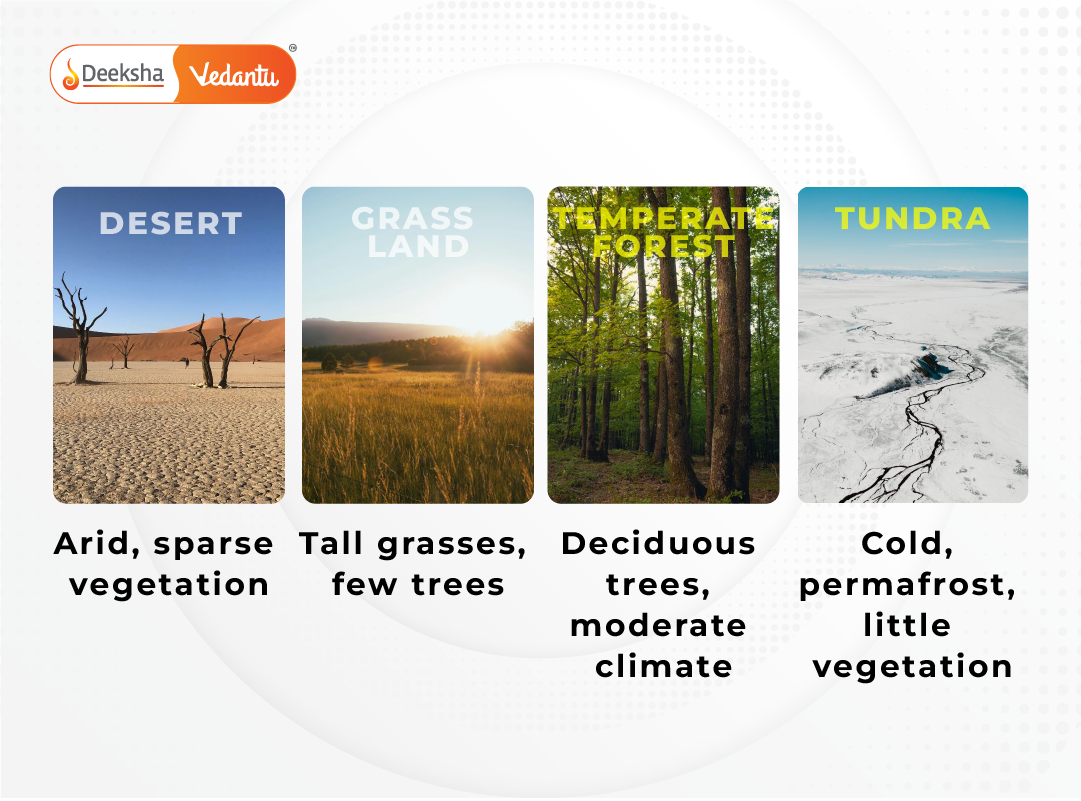
2. Aquatic Ecosystems
These include all water-based ecosystems and are split into:
- Freshwater ecosystems: Rivers, lakes, ponds, streams
- Marine ecosystems: Oceans, coral reefs, estuaries
Aquatic ecosystems are critical for oxygen production and regulate global temperatures through ocean currents.
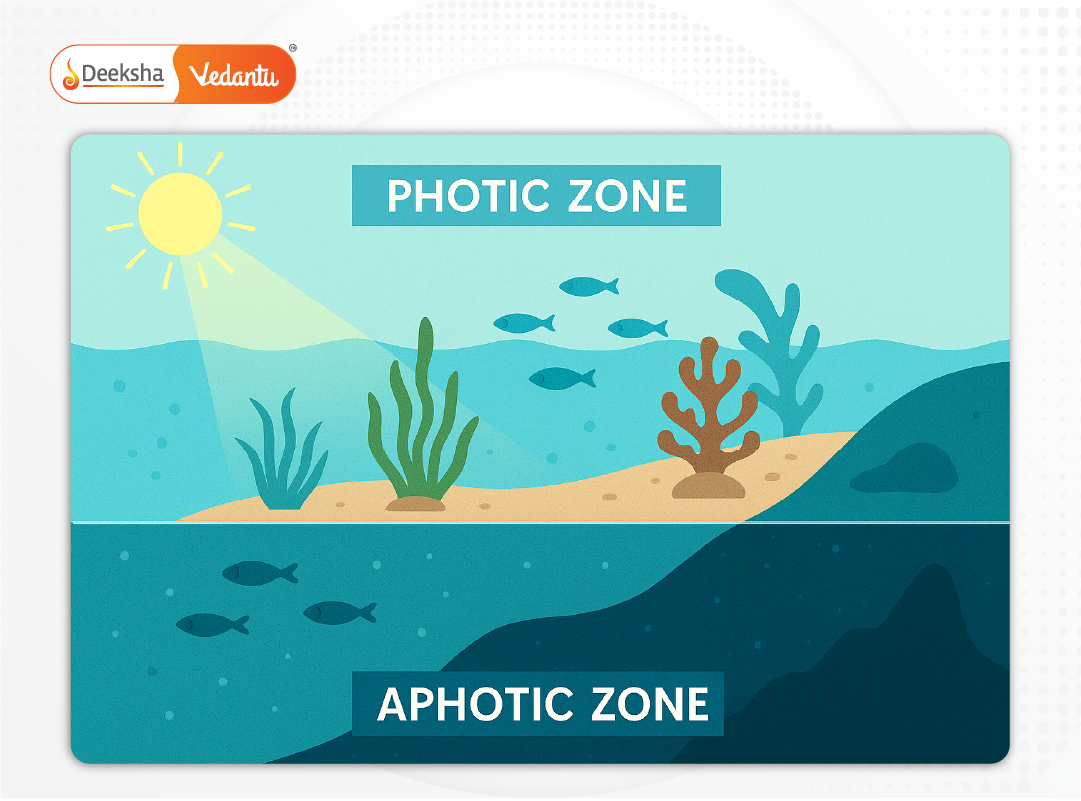
3. Artificial Ecosystems
These are human-made and often modified for a specific function:
- Crop fields: Modified for agriculture and irrigation
- Urban parks: Designed for recreation and greenery
- Aquariums and botanical gardens: Controlled environments for education and conservation
Though artificial, these ecosystems still rely on natural processes and contribute to urban biodiversity.
Food Chains and Energy Flow in Ecosystems
An essential component of ecosystems is the food chain, which illustrates how energy is passed through different organisms.
Trophic Levels
- Producers: Autotrophs like green plants and algae
- Primary consumers: Herbivores like deer, grasshoppers
- Secondary consumers: Carnivores like frogs, birds
- Tertiary consumers: Top predators like tigers, eagles
- Decomposers: Bacteria and fungi that break down organic matter
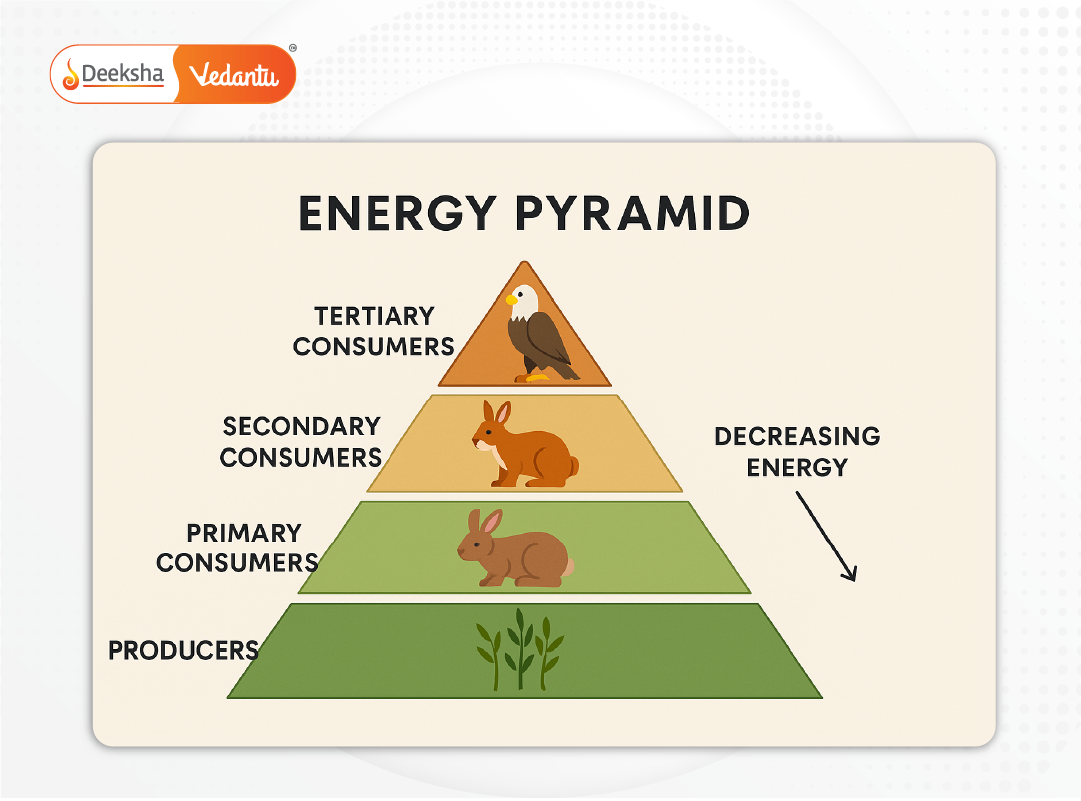
Food Webs
Food webs interconnect multiple food chains, reflecting the complexity of feeding relationships. They demonstrate how one species’ disappearance can ripple through the ecosystem.
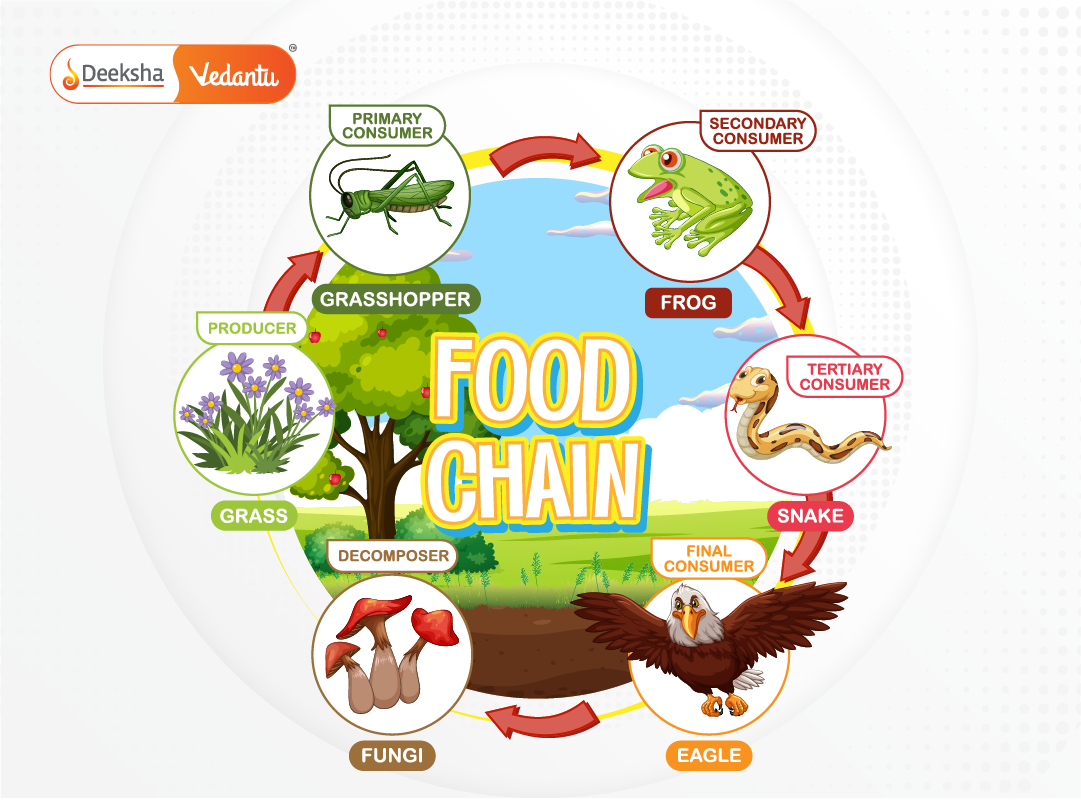
Biodiversity and Its Importance
Biodiversity refers to the variety of life on Earth – from genes and species to ecosystems. It’s essential for ecological balance and human well-being.
Levels of Biodiversity
- Genetic diversity: Variation within a species
- Species diversity: Variety of species in an area
- Ecosystem diversity: Range of different ecosystems in a region
Why Is Biodiversity Important?
- Ecological stability: Diverse species perform different roles and support ecosystem resilience
- Food security: Genetic diversity protects crops from pests and diseases
- Medical research: 80% of pharmaceutical drugs originate from plant or microbial sources
- Economic value: Farming, fishing, and tourism industries rely heavily on biodiversity
- Cultural and aesthetic value: Many traditions, practices, and beliefs are centered around local flora and fauna
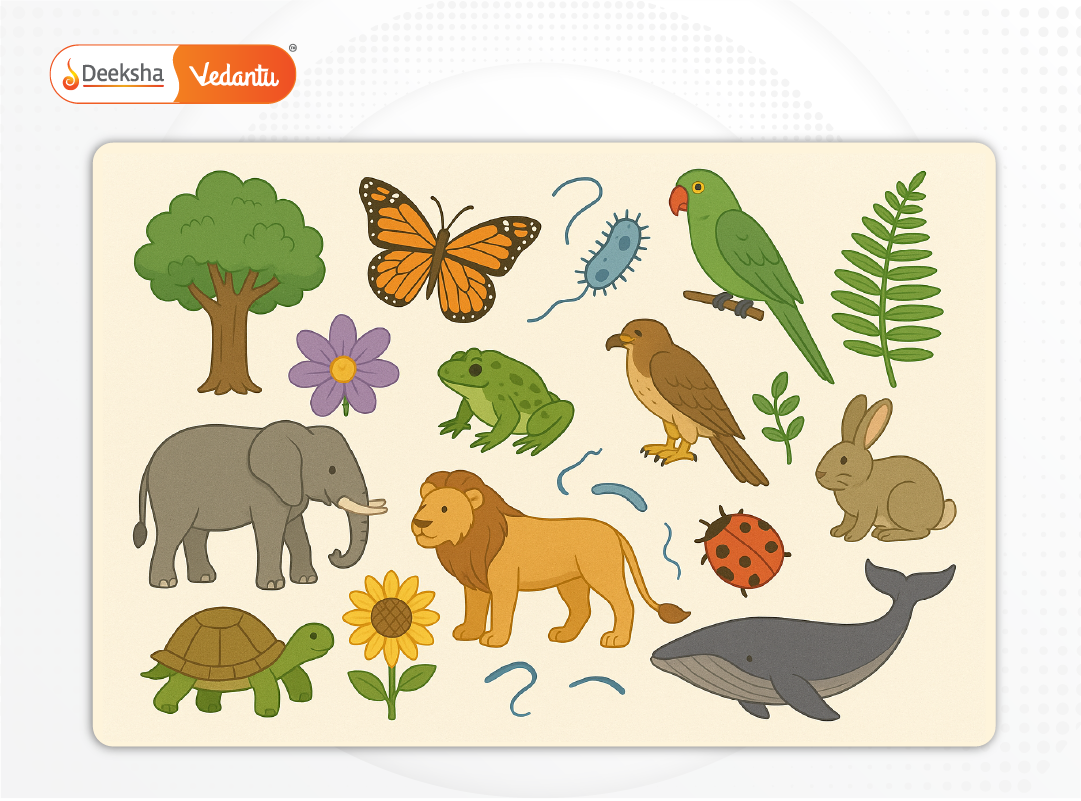
Ecosystem Services Examples
Ecosystems provide ecosystem services – the benefits that humans derive from nature.
1. Provisioning Services
- Food, water, fuel, fiber
- Medicinal resources
- Genetic material for crop improvement
2. Regulating Services
- Climate regulation by forests and oceans
- Air and water purification by wetlands
- Pollination by bees and butterflies
- Control of pests and diseases
3. Cultural Services
- Spiritual, religious, and heritage values
- Educational and scientific research opportunities
- Ecotourism and recreation
4. Supporting Services
- Soil formation and fertility
- Oxygen production through photosynthesis
- Cycling of essential nutrients (carbon, nitrogen)
![]()
Human Impact on Ecosystems and Biodiversity
While ecosystems are naturally self-regulating, human interference often causes significant disruptions.
Explore how human actions affect the environment
Major Threats to Ecosystems
- Deforestation: Leads to loss of habitat, climate imbalance, and soil erosion
- Pollution: Contaminates air, water, and soil, harming all forms of life
- Urbanization: Converts forests and wetlands into cities, fragmenting habitats
- Climate change: Alters rainfall, temperature, and ocean levels
- Overexploitation: Overfishing, poaching, and unsustainable logging practices
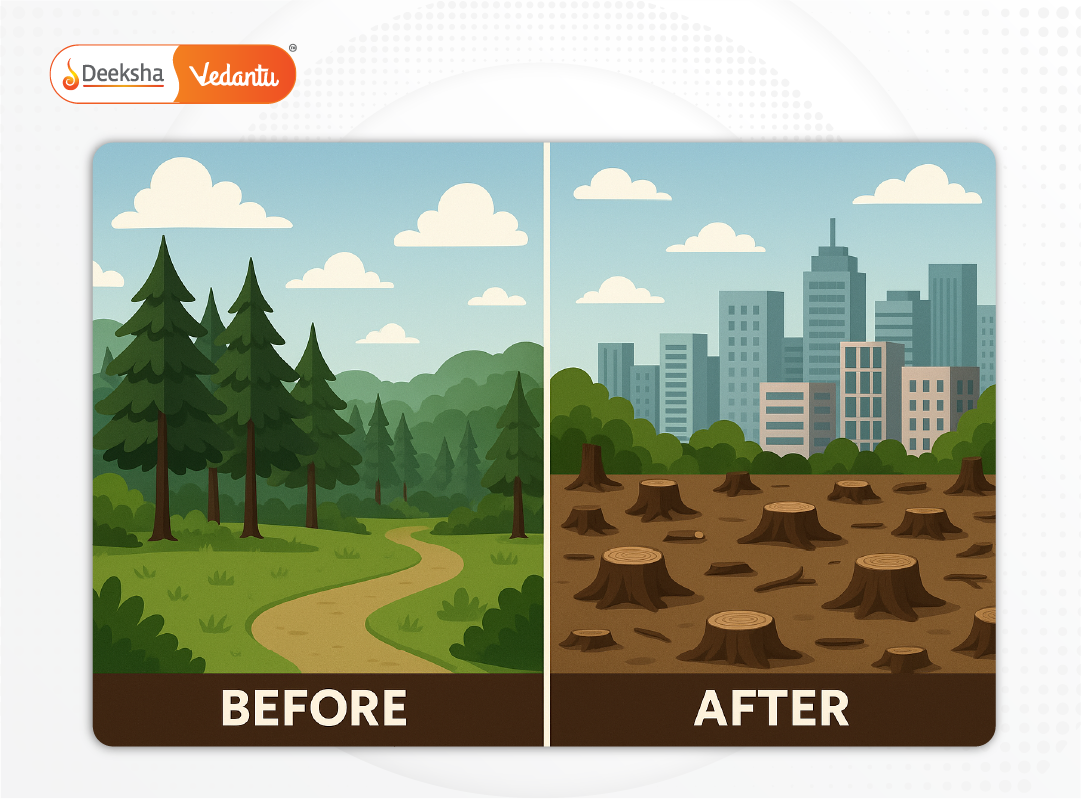
Conservation and Restoration Measures
- Establishing protected areas (wildlife sanctuaries, biosphere reserves)
- Reforestation and afforestation projects
- Sustainable agriculture and fishing
- Waste management and recycling
- Environmental education in schools and communities
- Supporting green technologies and renewable energy
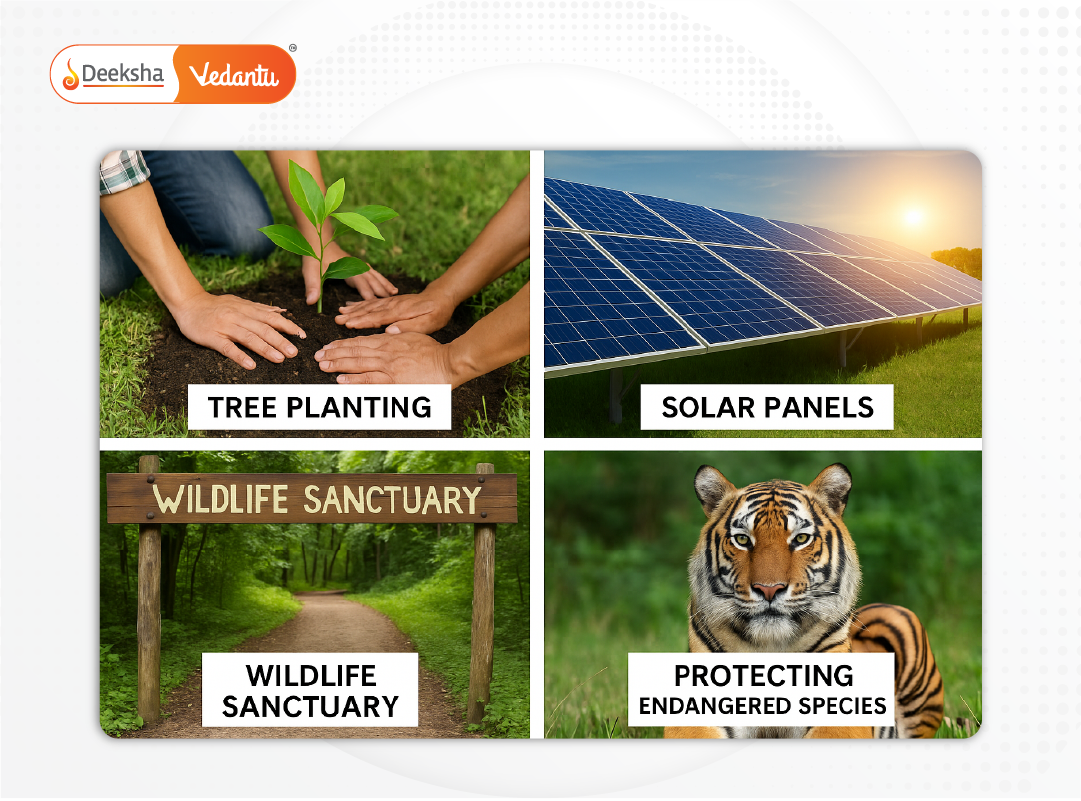
FAQs on Ecosystems and Biodiversity
1. What is the difference between ecosystem and biodiversity?
An ecosystem is a space where living and non-living elements interact. Biodiversity is the variety of life forms within that space.
2. Why should students care about biodiversity importance?
Biodiversity directly affects food, health, clean water, and a balanced climate – everything essential for our survival.
3. What are some real-life ecosystem services examples?
Pollination by bees, water filtration by wetlands, and oxygen production by forests are practical ecosystem services we rely on daily.
4. What are the types of ecosystems?
Ecosystems include terrestrial (forests, deserts), aquatic (rivers, oceans), and artificial (parks, crop fields) systems.
5. How can we protect ecosystems?
Reduce waste, recycle, use resources responsibly, support conservation initiatives, and educate others about environmental protection.
6. What role do decomposers play in ecosystems?
Decomposers break down dead organisms, recycling nutrients back into the soil, which helps sustain plant life.
Conclusion
Ecosystems and biodiversity form the natural support system for all life on Earth. Understanding how they work, what they offer, and how human actions can either harm or heal them is key to sustainable living.
Every student, policymaker, and citizen must take an active role in preserving this delicate balance. Small steps – from conserving water and planting trees to supporting green innovations – can collectively make a massive difference.
Let’s strive to be responsible stewards of nature. The future of our planet depends on the health of its ecosystems and the richness of its biodiversity.
Table of Contents


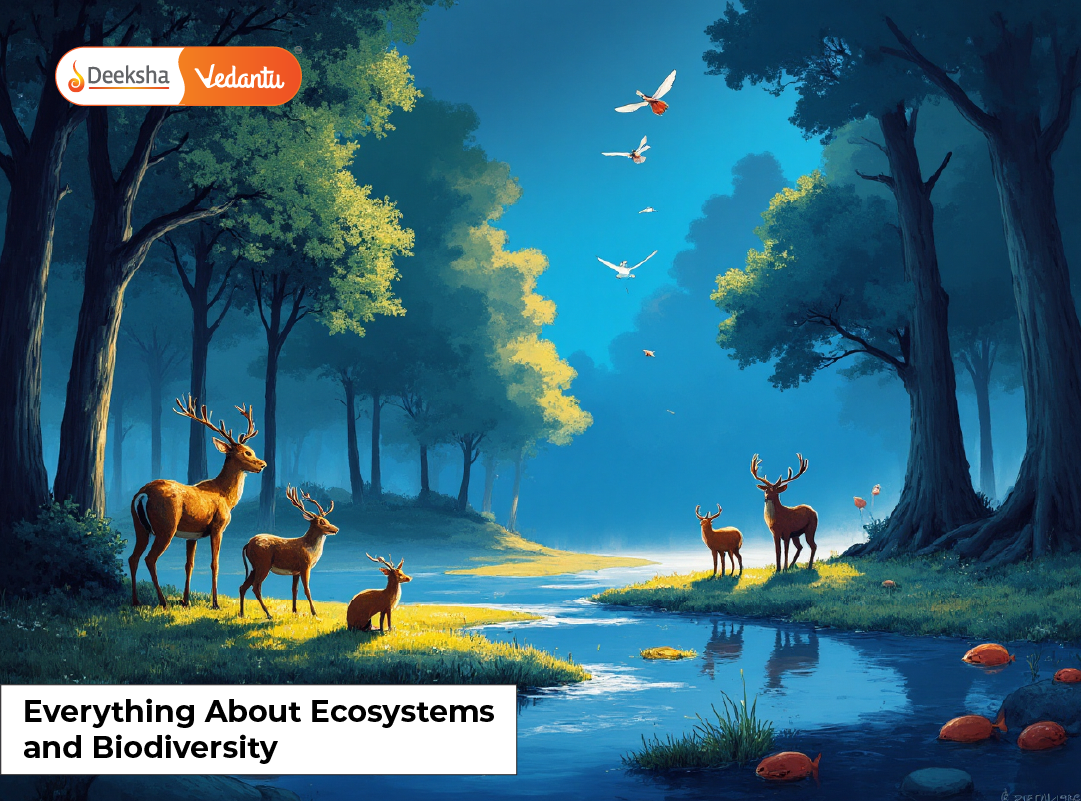












Get Social